
60 seconds on the results
2020 vs 2019
Net profit reached DKK 4.6 billion for 2020, against a net profit of DKK 15.1 billion for 2019, which, however, included significant net positive non-recurring items. The decrease in net profit was due mainly to higher loan impairment charges as a result of the corona crisis.
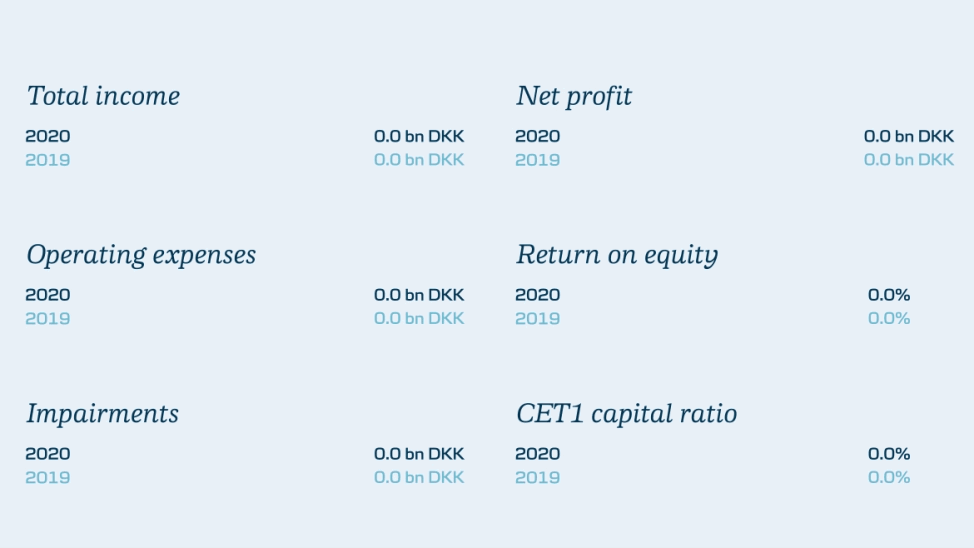
Selected highlights
-
While 2020 was dominated by the corona crisis and the subsequent lockdown of societies, the Nordic economies held up relatively well. We saw better-than-expected developments in the housing market and unemployment rates, a rebound in consumer spending and few bankruptcies, which in large part was attributable to government support packages.
Throughout 2020, our credit quality remained overall strong, and the high level of impairments was due primarily to our timely approach to the macroeconomic effects of the coronavirus pandemic as well as to charges made against exposures in the oil sector. This goes especially for the first quarter of the year in which we booked DKK 4.3 billion out of the DKK 7.0 billion for the full year. Throughout the pandemic, we have focused on doing our utmost to support our customers. To that end, we have taken a broad range of initiatives, which include deferred payments, new or extended overdraft and credit facilities, bridge financing and interest-only loans. Visibility regarding the global economic recovery continues to be limited, and many uncertainties remain, but with strong capital and liquidity positions, Danske Bank is well prepared to meet these uncertainties and to continue to help our customers.
“Our more than 20,000 colleagues have done a tremendous job keeping the bank fully operational and serving our customers while working from home during both waves of the pandemic. Towards the end of 2020, we saw societies being affected by the second wave, and many uncertainties remain in 2021. Our focus will continue to be on supporting our customers as we have done throughout this period on the basis of strong analyses and relevant products. In 2020, we proved our ability to work efficiently and serve our customers well, and we will continue to do so in the future,” says Chris Vogelzang. -
Underlying business activity was good in 2020, primarily driven by volume growth at Banking Nordic and high activity among large corporate customers resulting in, among other things, lending increasing by 1%. Despite a challenging business environment with a global crisis and continued margin pressure, net interest income in 2020 was stable from the level in 2019. Net fee income and net trading income maintained the good momentum from last year, due to a solid performance within asset management, as well as investment activity and market conditions improving during the year. In the early part of 2020, both income lines were negatively impacted by significantly lower remortgaging activity and difficult conditions in the financial markets.
“We saw good business activity in 2020, despite lower economic activity in general, as well as financial markets improving following the first wave of the corona pandemic. The driver of income was our strong franchise across the Nordics, most notably in relation to large corporate customers and Banking Nordic, where we see lending growth,” says Stephan Engels, CFO.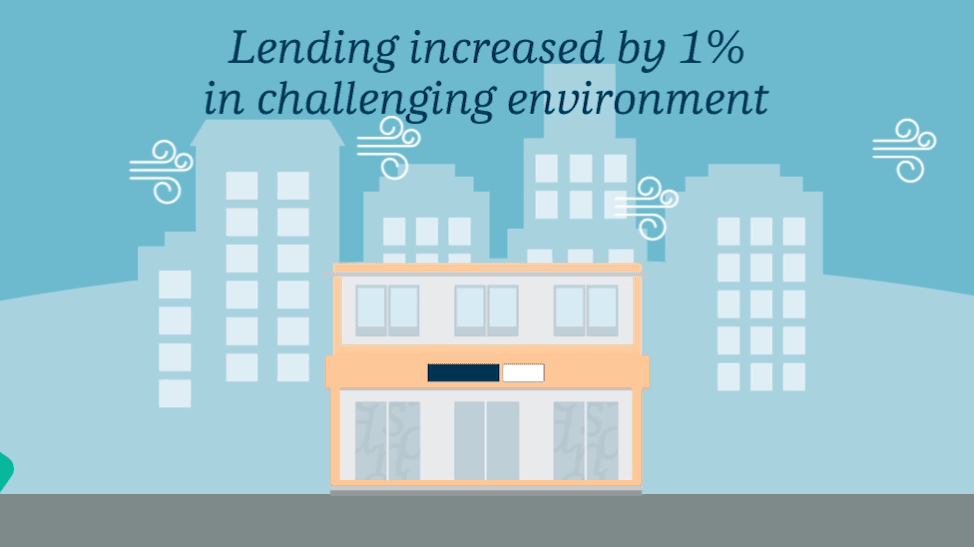
-
Costs were in line with our expectations, and as underlying costs were lower in the latter half of 2020, we are seeing the effect of our cost management initiatives to support the progress towards becoming a more competitive bank for our customers. Reported costs, however, came in higher than in 2019 as a result of costs for ongoing compliance remediation and the Estonia case, as well as planned costs for the Better Bank transformation, including a provision made for part of the transformation costs for 2021.
“Through the continued execution of our 2023 plan and the continued transformation to become a more efficient bank, we are also seeing an effect on costs. Furthermore, the reduced complexity in our business and our organisation will also lead to lower expenses and as part of this, we will see a reduction in the number of employees, as was the case towards the end of 2020. Both income and costs remain a priority, and more measures will be taken in 2021 to make sure that we can continue to be competitive in a low-rate and low-margin environment,” says Stephan Engels. -
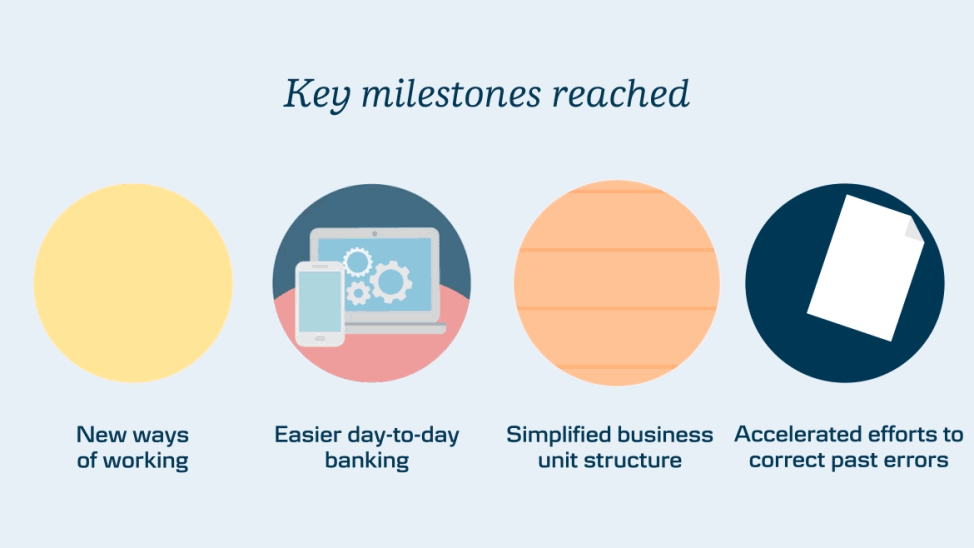
In 2020, we reached key milestones on our journey towards becoming a better bank for all our stakeholders, progressing on our set of ambitions for our key stakeholder groups: customers, employees, society and shareholders. Achievements in 2020 include starting an agile transformation project to change the ways of working for 4,500 employees, enabling us to respond better and faster to customers’ changing expectations, ensuring a better and more digital customer experience as well as bringing down costs. While introducing new relevant products, we have also begun simplifying our product offering and in 2020 reduced the number of products by 25% at Banking DK and Banking Nordic and by more than 50% at Corporates & Institutions. The alignment of our portfolio will make it even easier to become a customer at Danske Bank and for customers to do their day-today banking with us.
The next phase of the transformation is well underway with the new business unit structure that came into effect in January this year and is aimed at creating a less complex and more competitive bank, as well as the establishing of a new Commercial Leadership Team to drive our commercial and customer agenda.
Finally, we have continued to systematically improve compliance, risk and control capabilities and processes and to foster a management culture under which potential issues are raised and addressed. As a result, a number of legacy issues have been identified, and throughout 2020, we have accelerated our efforts to correct the errors of the past and as part of this also established a central unit tasked with overseeing the remediation of the identified legacy issues.
“We have clear ambitions towards 2023 for all stakeholder groups, and one year into the transformation process, we are satisfied with progress and traction. We have redesigned the organisation; reducing complexity, increasing efficiency and becoming even more competitive for our customers, while we have continued to make tangible progress in compliance remediation, sustainability initiatives and new ways of working,” says Chris Vogelzang. -
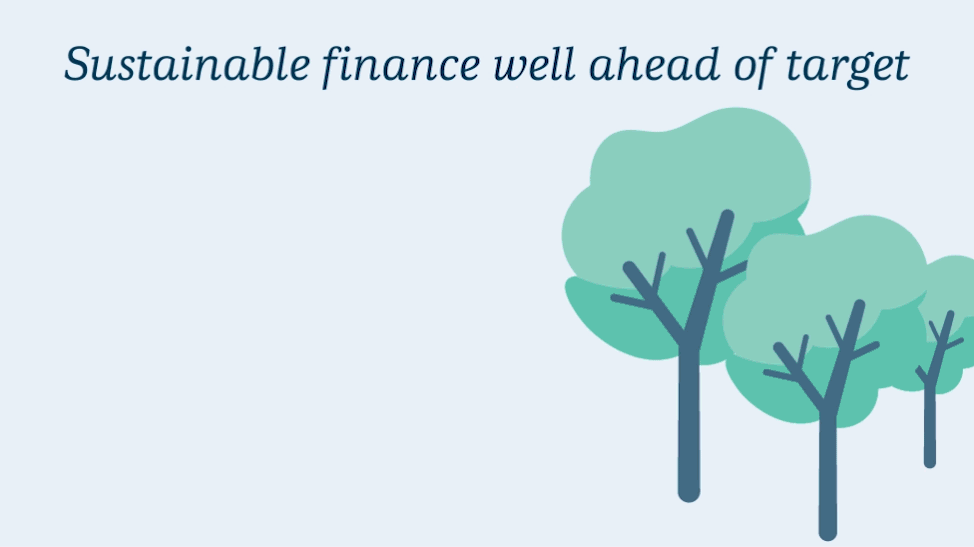
In 2020, we set specific targets for our ambitions within societal impact and sustainability towards 2023. Our sustainability strategy, which is an important part of our plan to become a better bank for all stakeholders, reflects our ambition to take a leading position within sustainable finance in the Nordic countries by 2023. Already now, we are seeing encouraging results in our pursuit of these ambitions, some of them well ahead of our expected timeline.
The ambition continues to be to provide more than DKK 100 billion in sustainable financing towards 2023 – up from DKK 46 billion at the end of 2019. By the end of 2020, we had already reached DKK 102 billion. In addition, Danica Pension has committed to investing DKK 30 billion by 2023 in assets that support the green transition – up from DKK 10 billion at the end of 2019. By the end of 2020, we had reached DKK 27 billion. Both targets will be revised in 2021.
“At Danske Bank, we are focused on how we can contribute to a greener and more sustainable economy. We progressed significantly towards our sustainable financing and investment targets in 2020, and in some areas, we have already reached our 2023 targets. This important work will continue in the coming years as we recognise both the important role we play in the green transition of societies and the customer demand for sustainable products,” says Chris Vogelzang. -
We propose a dividend of DKK 2 per share for 2020, equalling 38% of net profit, which is slightly below the payout ratio set by our general dividend policy. This is in line with the recommendations from the Danish FSA for capital preservation due to the uncertainty associated with the corona crisis.
Our dividend policy, which states our ambition to pay out 40-60% of net profit, remains unchanged.
Outlook for 2021
“Our outlook is based on an expectation of slightly higher total income than in 2020, subject mainly to commercial momentum and broader economic developments, while both expenses and impairments are expected to be lower in 2021,” says Stephan Engels.
The outlook is subject to uncertainty and depends on economic conditions, including government support packages.
We maintain our ambition for a return on shareholders’ equity of 9-10% in 2023.
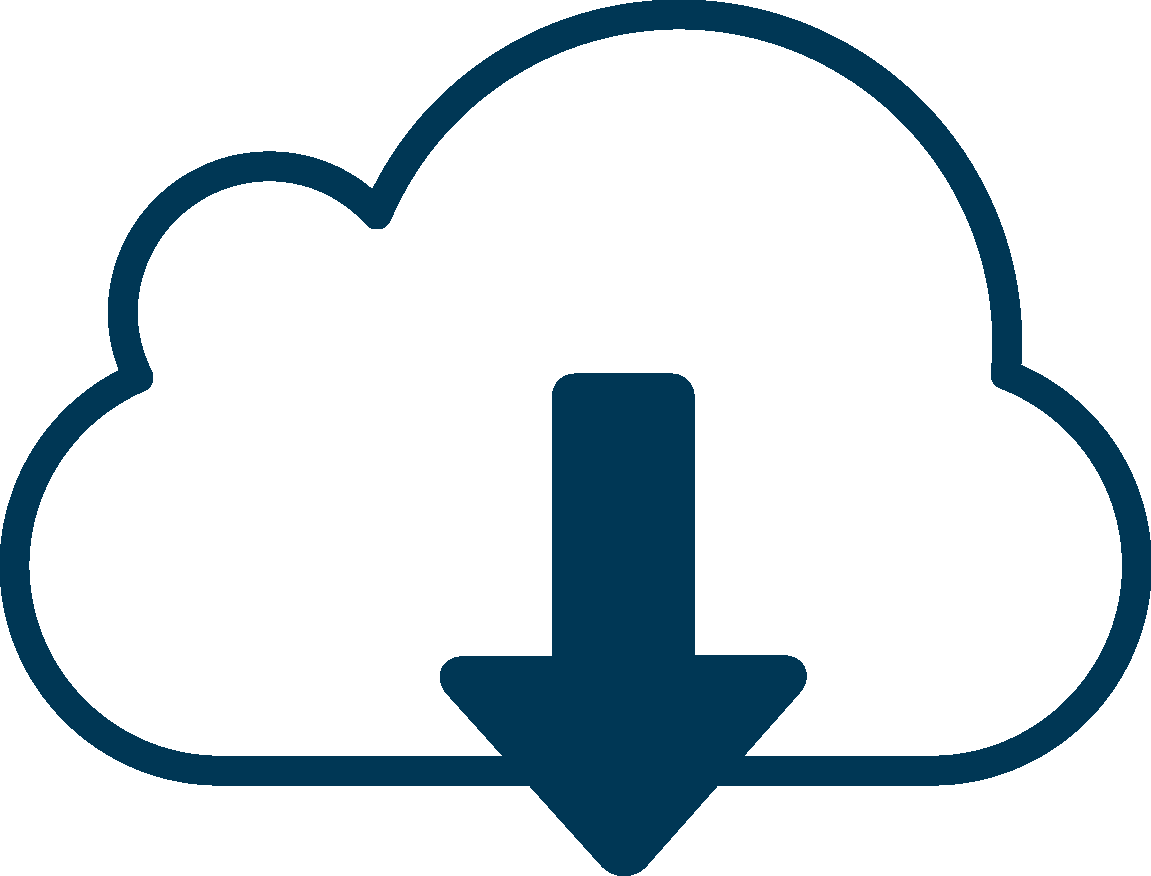
Find report
Delve into the report
Download the report
Contact
Stefan Singh Kailay, Head of Media Relations
Tel. +45 45 14 14 00
Related news
.png?h=128&iar=0&w=128&rev=c0456076148343a69ec27218e9fa39aa&hash=5367D3AD7CFBE8E78181A6587FAB2790)


